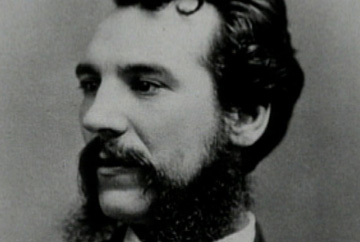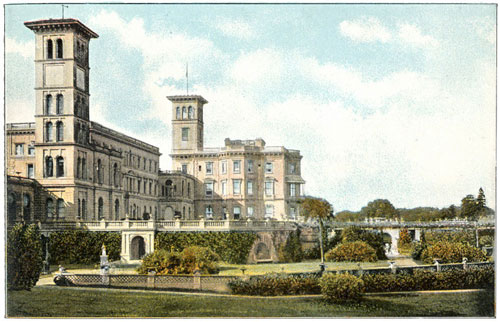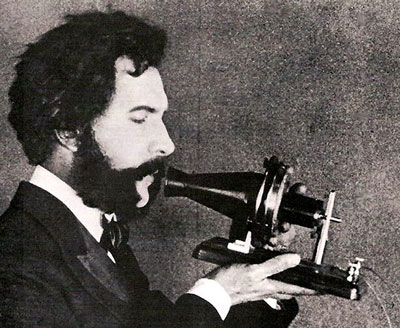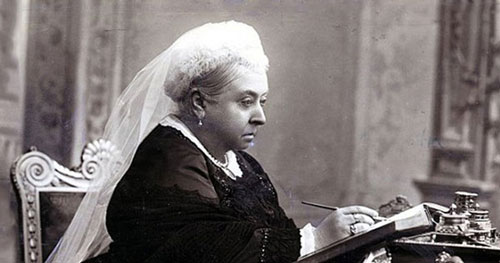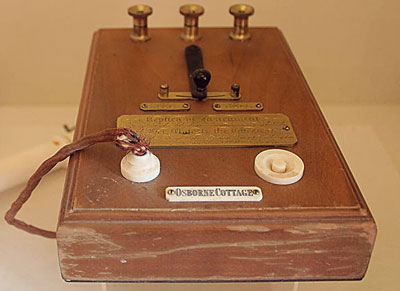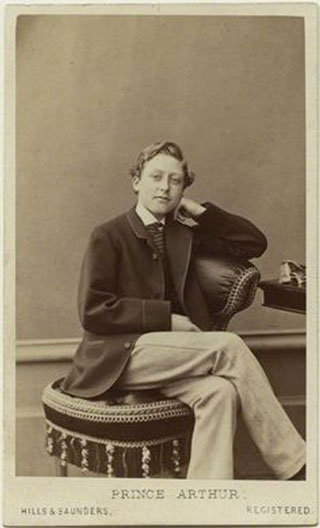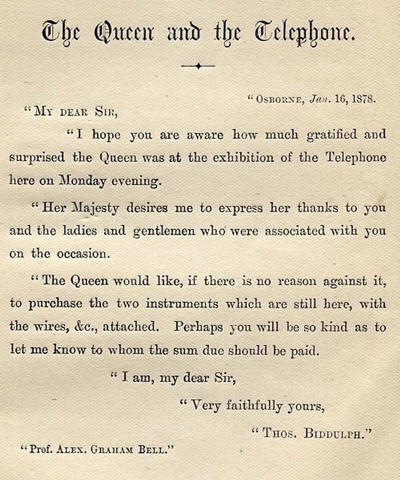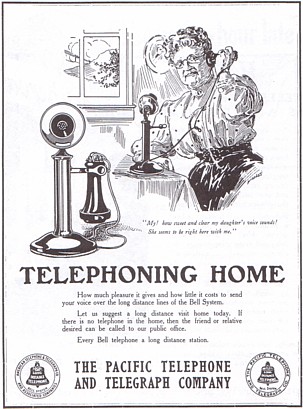As you can see, the early telephone was a lot different in design and relatively primitive in appearance even by early 20th century standards a few decades later. But it developed very quickly. The model shown to the Queen was already more sophisticated than the one in the above picture.
Potential
Victoria was intrigued and saw the potential for the invention straight away. At the time, Britain was embroiled in the Russo-Turkish War of 1877–78. This was a conflict between the Ottoman Empire and a coalition of Russia and the Balkan states. Telegrams and letters were pouring in for the Queen’s consideration. The sheer quantity of these - in which she invariably took a lively interest - had become almost overwhelming, as one of her journal entries for the month of Bell's visit demonstrates:
20th January 1878
‘…there is such constant telegraphing and writing, and receiving telegrams and letters, that one gets quite bewildered.’
Victoria at her writing desk.
The Demonstration
Bell’s visit had taken place just a few days earlier. The demonstration itself was recorded in the Queen’s journal for Monday 14th January 1878.
'After dinner we went to the Council Room and saw the Telephone. A Professor Bell explained the whole process, which is most extraordinary. It had been put in communication with Osborne Cottage, and we talked with Sir Thomas and Mary Biddulph, also heard some singing quite plainly. But it is rather faint, and one must hold the tube close to one's ear. The man, who was very pompous, kept calling Arthur Lord Connaught! which amused us very much.'
Osborne cottages, where a second telephone was placed, were on the same estate but still a fair distance from the Queen’s Residence. So the phone call would have been an impressive undertaking. Apparently, a certain Miss Kate Field was situated at the cottage, as well. And from here she gave a rendition on piano and sang 'Comin thro the Rye' into the mouthpiece.

The Osborne Cottage terminal.

